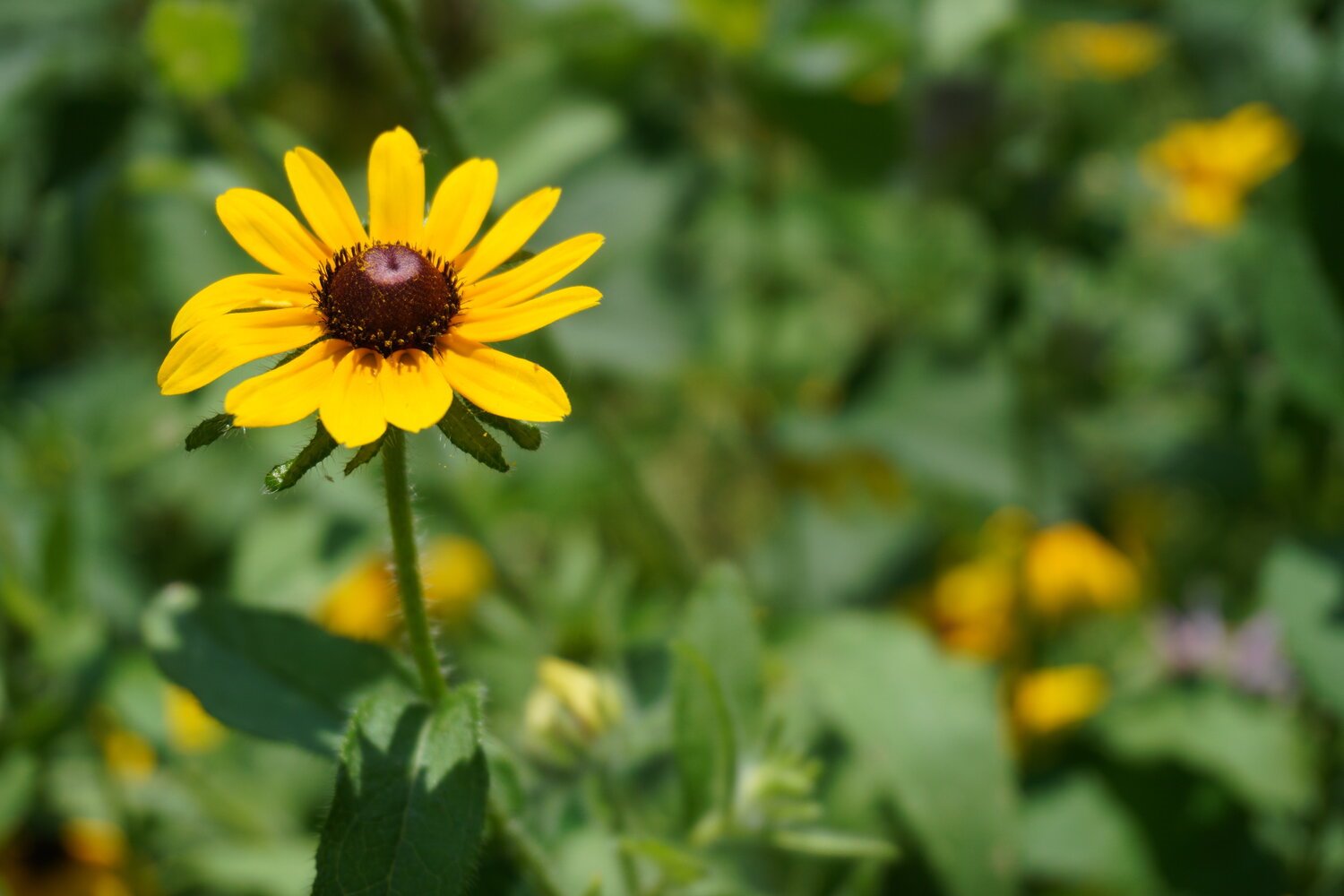In this post, I’m going to talk about the Alpha a6100, one of Sony’s latest compact APS-C interchangeable lens mirrorless cameras, and the “kit” 16-50mm f/3.5-5.6 power zoom lens. As is usual with my camera commentaries, I’m not going to dwell on technical specs. There are plenty of other websites out there for that. Instead, I’ll concentrate on my impressions of the camera (and lens) as it applies to my intended usage. In this case, I’m looking for something small and lightweight that’s not terribly expensive that I can carry with me all the time for vlogging and daily photography.
As mentioned in my previous post, a vlogging camera needs to tick a few more boxes in addition to being relatively small and light, which none of my current cameras do entirely:

- Great full-HD (1080p) video quality
- Large, bright rear screen that rotates so it can be seen from the “business end” of the camera
- A sharp wide angle lens equivalent to around a 24mm “full-frame” lens. A zoom lens is a bonus, and it should be at least 4X.
- Very good image stabilization
- Outstanding autofocus with face/eye and object tracking
- Tripod socket
- Hot shoe
- External audio input
- Headphone output
- Fun, intuitive controls and features
The a6100 ticks the majority of these boxes, missing only the headphone jack. Image stabilization, as in most Sony cameras, is accomplished in lens. To get sensor-based in-camera stabilization a couple steps up to the a6600 is required, at near double the price.
Unlike some of my previous review and impression posts, instead of renting the gear, I went ahead and purchased the camera and lens kit in order to take advantage of a sale price and financing offer, a savings of about $250, knowing that I had a couple of weeks to return the camera if I didn’t like it. While I haven’t had the opportunity to properly test all of the intended uses, I was finally able to get out and make a few still images on my lunch break one day last week.













All of these are JPEGs, straight from the camera, with no processing of any kind. I find the JPEGs to be punchy, with accurate color and great contrast and sharpness. Of course, these were all made on a beautiful, partly sunny day, although it was pretty much high-noon when I took the pictures. And, frankly, I’m pretty amazed at how well the a6100 managed the lighting conditions.
I don’t yet have any video to share from the a6100, but I have done some testing under less than ideal circumstances, and have found the results to be satisfying. The autofocus and functionality are definitely Sony, but unlike the disastrous RX10iv, this camera actually works. Focus is fast and accurate. And, while I haven’t shot any “people pictures” yet, the eye-detection and subject tracking in still photo modes is nothing short of amazing. In video recording modes, the a6100 looses the eye-detect and eye-tracking, but the subject tracking is still excellent. Additionally, the a6100 does not cripple the autofocus when using the power zoom.
Typical of Sony cameras, the menus are full of a zillion settings, and that has been off-putting to more than a few users and reviewers. But, frankly, while there are a great many settings, the menus really aren’t significantly different from those of Fujifilm. Actually, the two systems are strikingly similar from that standpoint. Where Sony does excel when compared to Fuji and other system is, frankly, their autofocus system, and the video quality, resulting in what have become the best hybrid cameras.
Regarding the kit lens, the one I received seems to be pretty good, although some other reviewers have apparently gotten bad copies. The images below illustrate the sharpness I was able to achieve with the one I received, which I find to be quite acceptable.
A very pleasant surprise is the amount of detail retained in the JPEGs, under even very high-contrast conditions. In the example here, I expected that the shadows would have blocked up pretty badly. I was pleasantly surprised at the amount of detail retained in both highlights and shadows.
The result isn’t perfect, but coming from a JPEG, the result is impressive. I didn’t try processing from the raw image.
Speaking of the raw files … yes, I did shoot raw and JPEG images, but I really didn’t spend much time with them. What little I did do was a lot different than I’ve become accustomed to with the Fujifilm cameras, which I surprisingly find easier to process now. With that in mind, my plan really is to avoid raw processing as much as possible.
This point, I’m quite pleased with the a6100, and will be trying at least one additional lens in the near future, and will update with video samples and some more thoughts on this camera — and my photography in general — in an upcoming episode of What’s In My Head.





